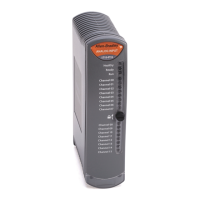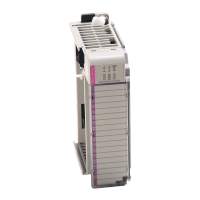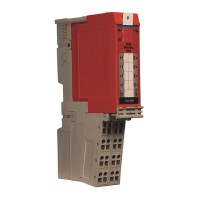Rockwell Automation Publication 1715-UM001J-EN-P - December 2020 273
Appendix D
PFD and PFH Calculations for a SIL 2 System
About PFD and PFH
Calculations
Probability of failure on demand (PFD) is the SIL value for a safety-related
system as related directly to order-of-magnitude ranges of its average
probability of failure to satisfactorily perform its safety function on demand.
IEC 61508 quantifies this classification by stating that the frequency of
demands for operation of the safety system is no greater than once per year in
the Low Demand mode.
PFD calculations are commonly used for process safety applications and
applications where emergency stop devices (ESDs) are used.
Although PFD values are associated with each of the three elements
constituting a safety-related system (the sensors, the actuators, and the logic
element), they can be associated with each component of the logic element,
that is, each module of a programmable controller.
Probability of failure per hour (PFH) is typically used to describe safety
performance for high demand applications. Tables in this chapter present PFD
and PFH values for components that TÜV evaluates.
Determine Which Values to
Use
Each of the PFD and FPH calculated values that are provided in this manual is
based on the configuration that the module can be used in, which is 1oo1, 1oo2,
1oo2D, or 2oo2.
Calculations for 1715 I/O
Modules
For the calculations presented in this chapter, these values were used as the
two application-dependent variables:
• All calculations use a mission time (T
1
) of 20 years
• Each section lists the mean time to repair (MTTR)
Topic Page
About PFD and PFH Calculations 273
Calculations for 1715 I/O Modules 273
IMPORTANT
You are responsible for determining which of the values that are
provided are appropriate for your SIL 2-certified system.
Determine which values to use based on the modules that are
used in your system and the system configuration.

